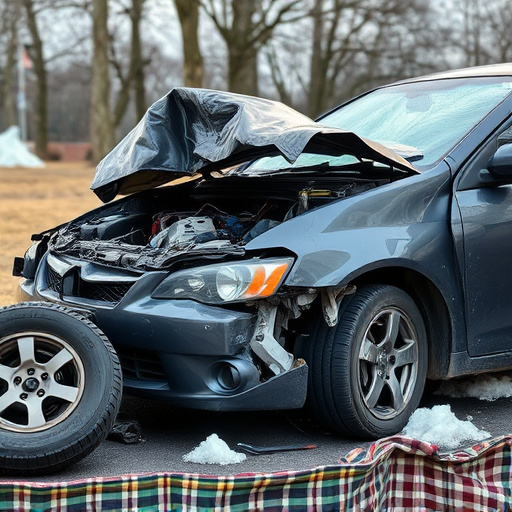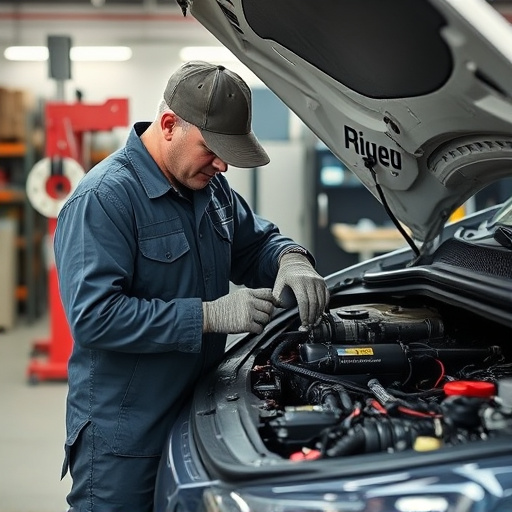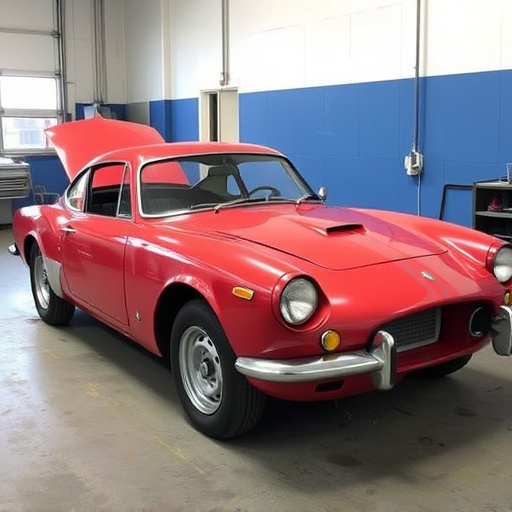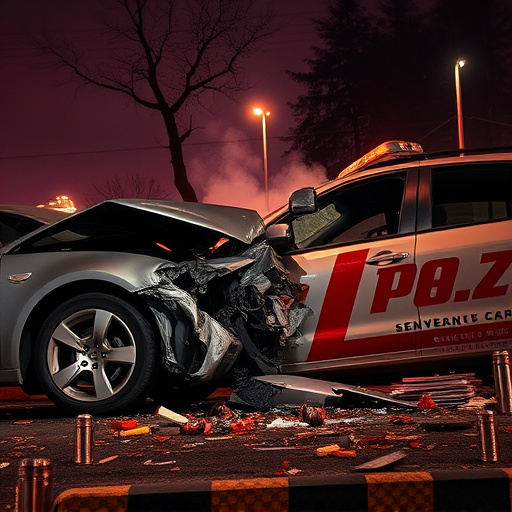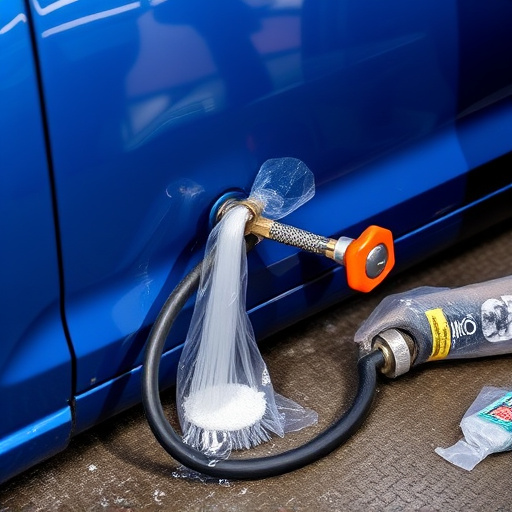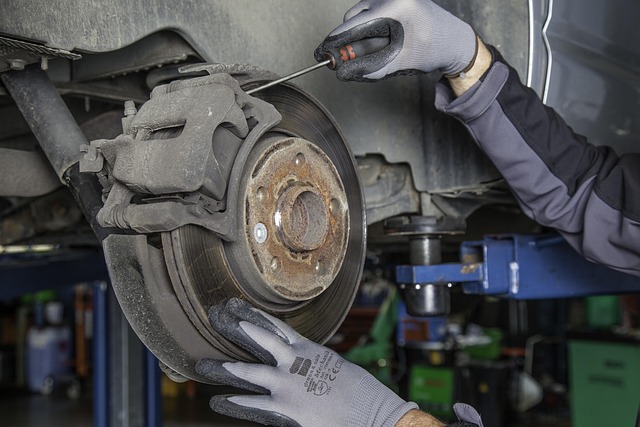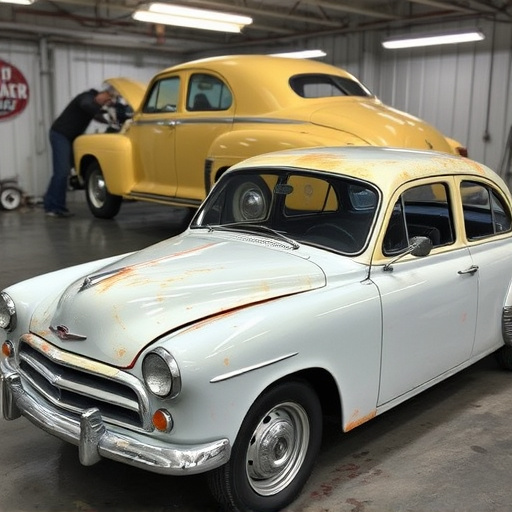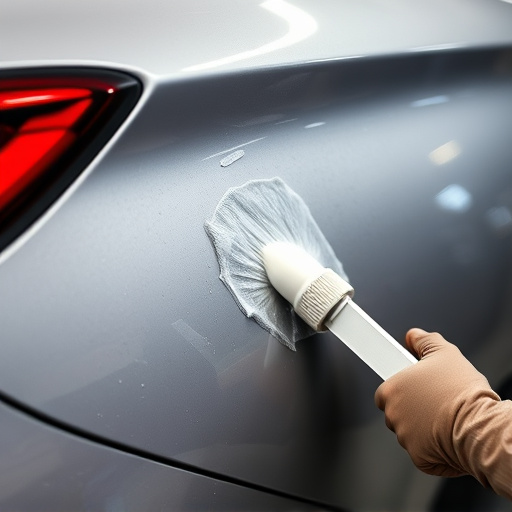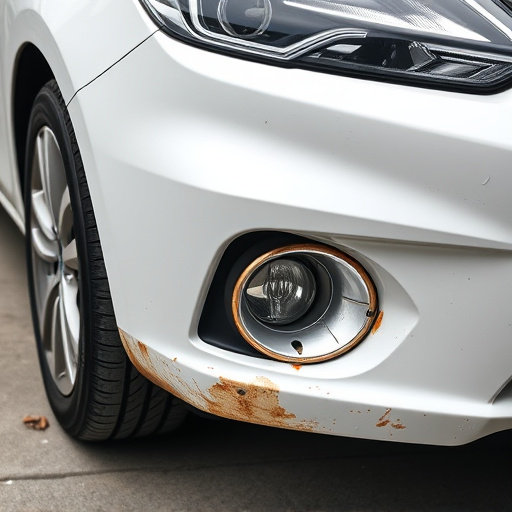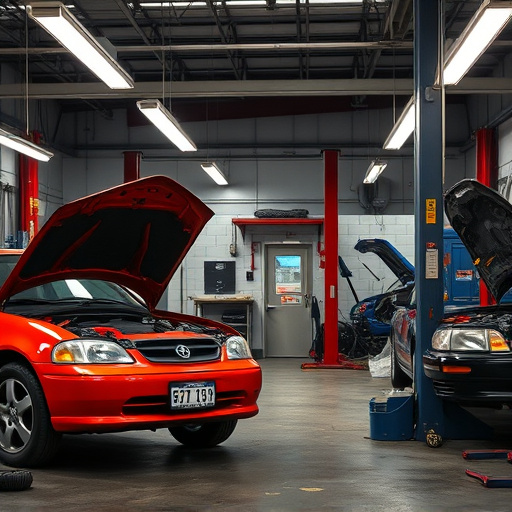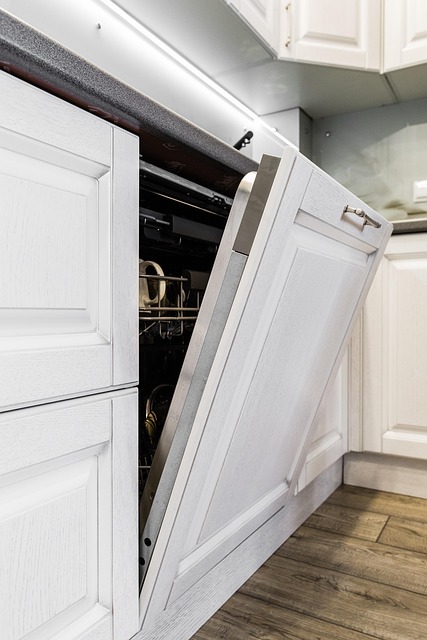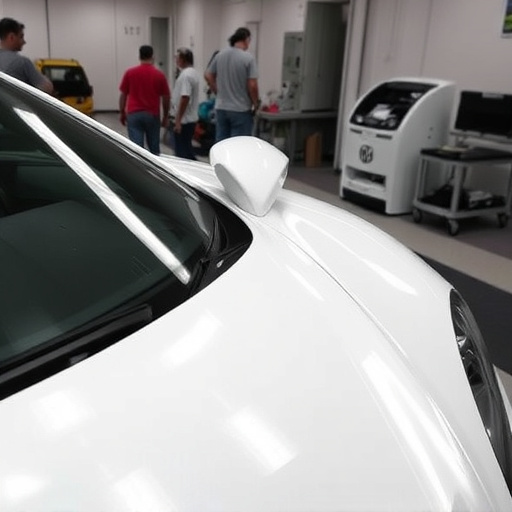Tesla rear hatch alignment is crucial for both functionality and aesthetics, impacting trunk opening, closing, and overall vehicle design. Misalignment can cause operational issues, safety risks, and dent repair needs. Regular checks and professional adjustments after impacts are recommended to maintain optimal performance, prevent costly repairs, and ensure the sleek design of your Tesla. Follow a simple DIY process or seek body shop services to fine-tune vertical and horizontal alignment for smooth auto-lift operation.
Tesla owners often face a common issue with their vehicle’s auto-lift feature: misaligned rear hatches. This can lead to inconsistent opening and closing, causing frustration and potential damage. Understanding the basic principles of Tesla rear hatch alignment is key to troubleshooting this problem. By identifying common issues and their impact on functionality, you can ensure smooth operation. Our step-by-step guide provides practical solutions for aligning your Tesla’s rear hatch seamlessly.
- Understanding Tesla Rear Hatch Alignment: The Basics
- Common Issues and Their Impact on Auto-Lift Functionality
- Step-by-Step Guide to Aligning Your Tesla's Rear Hatch for Seamless Operation
Understanding Tesla Rear Hatch Alignment: The Basics
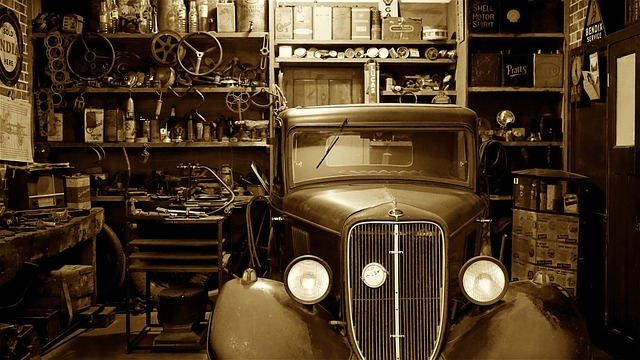
Tesla rear hatch alignment refers to the precise positioning of your vehicle’s rear trunk lid to ensure it opens and closes smoothly, effortlessly, and consistently. This crucial aspect of vehicle maintenance is often overlooked but plays a significant role in enhancing both functionality and aesthetics. A misaligned rear hatch can lead to issues like difficult opening, uneven closing, or even unsightly gaps between the lid and the car body, resembling a dented bumper or damaged fender.
Proper alignment ensures that your Tesla’s trunk operates seamlessly, safeguarding against potential vehicle dent repair needs caused by improper use or external forces. It also contributes to the overall visual appeal of your automobile, maintaining its modern, sleek design. Regular checks and adjustments are recommended to keep the rear hatch in optimal condition, supported by professional automotive collision repair services when necessary, especially after any fender bender or impact that might disrupt the delicate balance of this component.
Common Issues and Their Impact on Auto-Lift Functionality
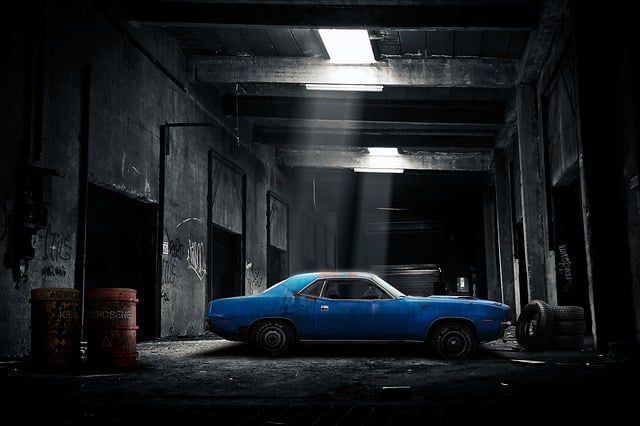
The Tesla rear hatch alignment is a critical aspect of ensuring seamless and consistent auto-lift functionality. Common issues that arise often stem from misalignment or wear over time, leading to problems when opening or closing the trunk automatically. A misaligned rear hatch can cause the trunk to open unevenly, or not at all, impacting the vehicle’s overall performance and user experience.
These issues can be attributed to various factors such as manufacturing imperfections, constant use, or improper handling. Over time, components like hinges and sensors may wear out, causing the hatch to stick or operate erratically. This not only makes it difficult for owners to access their trunk but also poses potential safety hazards if the auto-lift feature becomes completely disabled. Therefore, regular checks and professional vehicle repair services for Tesla rear hatch alignment are essential to maintain optimal performance and avoid costly auto body repair in the long run.
Step-by-Step Guide to Aligning Your Tesla's Rear Hatch for Seamless Operation
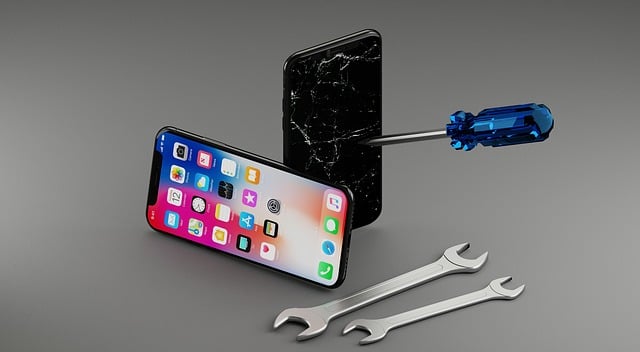
Aligning your Tesla’s rear hatch for consistent auto-lift is a straightforward process that can be accomplished with the right tools and a step-by-step approach. Begin by ensuring your vehicle is on a level surface, engaging the parking brake, and raising it using a reliable jack and jack stands. Next, locate the adjustment bolts beneath the rear deck and secure them for stability before removing the existing trim pieces covering the hatch mechanism. This exposes the hardware, allowing you to access the alignment adjustments.
Using a combination of torques wrenches and visual checks, fine-tune the hitch’s vertical and horizontal positioning until it lifts smoothly with the auto-lift feature engaged. Keep in mind that precise alignment is key for seamless operation. Once satisfied with the alignment, reattach the trim pieces and lower your Tesla to the ground. Regularly checking and adjusting the rear hatch alignment can prevent misalignment issues, ensuring a hassle-free experience every time you use the auto-lift function. Consider these steps when visiting a vehicle body shop or opting for car restoration services to maintain optimal performance.
Maintaining proper Tesla rear hatch alignment is key to ensuring consistent and seamless auto-lift functionality. By addressing common issues highlighted in this article, such as misaligned panels or damaged components, you can enhance your vehicle’s performance and prevent unexpected failures. Following the step-by-step guide provides a straightforward approach to aligning your Tesla’s rear hatch, ultimately improving your overall driving experience. Remember, regular maintenance and prompt attention to any anomalies will keep your Tesla running smoothly.
